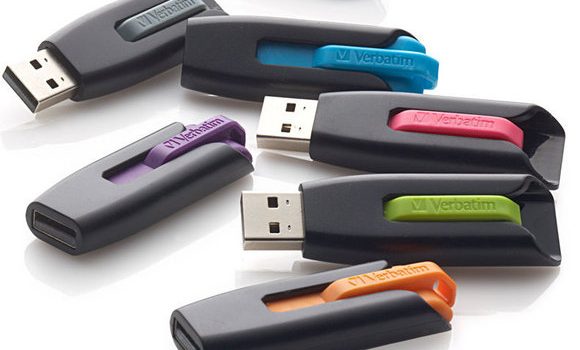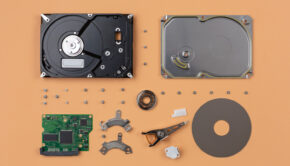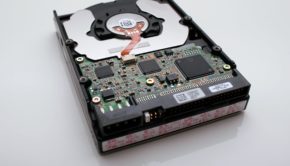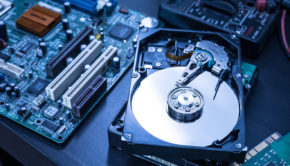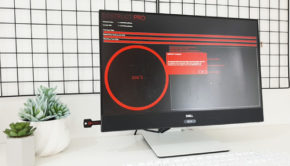Can Flash Drives Eventually Replace External Hard Drives?
It wasn’t very long ago that external hard drives ruled the external memory storage market and cost a fortune. In recent years, however, the flash drive usurper has taken over, and the prices of the former have dropped significantly.
Enterprises and consumers have been using flash drives to store digital data since 1999, but the demand surged when these devices, about the size of a gum stick, underwent massive transformation. Today, a USB flash drive can store around 1-2 TB of data.
Which raises the question, are external hard drives going to die in the near future?
There’s a possibility, especially with the following innovations in flash memory sticks:
1. Hardware Encryption
Users no longer have to rely on a software for flash key encryption. New innovations have made it possible to protect digital data through plug and play functionality and a personalized encrypted PIN. Flash drives carrying this functionality allow the user to enter a custom encrypted PIN using the keypad on the stick. The sticks will lock down automatically with encryption when they are disconnected and unplugged. AES hardware encryption means no software is needed. Advancements like these are removing the insecurities consumers have about flash devices (that adversaries just need to plug them into the computer to gain access).
2. Quick Transfer Speeds
USB 3.0 made it possible to transfer files at speeds of 640MBps. The previous model, USB 2.0, was clocking only 30 to 40MBps. The phenomenal speeds enable users to move their videos, files and images to and from a PC within a matter of seconds. Flash drives, as a result, are dispelling the claim that external hard drives are more efficient for bulk data transfers. Even though their write/erase cycles are limited, every new speed upgrade is making them more robust. Expect the transfer speed to increase even more in the near future, when vendors start replacing cheap memory modules with more powerful components.
3. Multi-Device Compatibility
Newer models of USB flash sticks are compatible with multiple gadgets including iOS devices, Apple TV, Android devices, Xbox 360 etc. They’re offering some extra storage to consumers while enabling them to carry digital data anywhere. Modern hard disk drives are also compatible with multiple devices, but they’re a hassle to carry around as an emergency gadget (imagine carrying a drive that’s heavier than your iPhone). Additionally, drives from third-party manufacturers may cause compatibility issues on operating systems such as Mac OS X. USB memory sticks are convenient because of their plug-and-play compatibility.
Looks like these advancements will make USB flash drives the go-to storage resource if users want to maintain an ongoing library of 4K videos, cutting-edge games, TV shows, software, ultra HD content and high fidelity music.
While hard drive vendors are still injecting R&D dollars into 2D and shingled recording (magnetic), their bag of tricks is emptying fast. When it comes to disk densities, external hard disk drives will continue to match flash disk densities, but vendors need to increase compactness, security and compatibility to give external storage drives a chance to survive the USB flash onslaught.
Apart from all the above-mentioned factors, external hard drives will also need to compete in terms of being more lifestyle-friendly, as vendors of USB flash drives are releasing fashionable options. If they don’t responsible quickly, it won’t be long before you see the end of external HDD.

